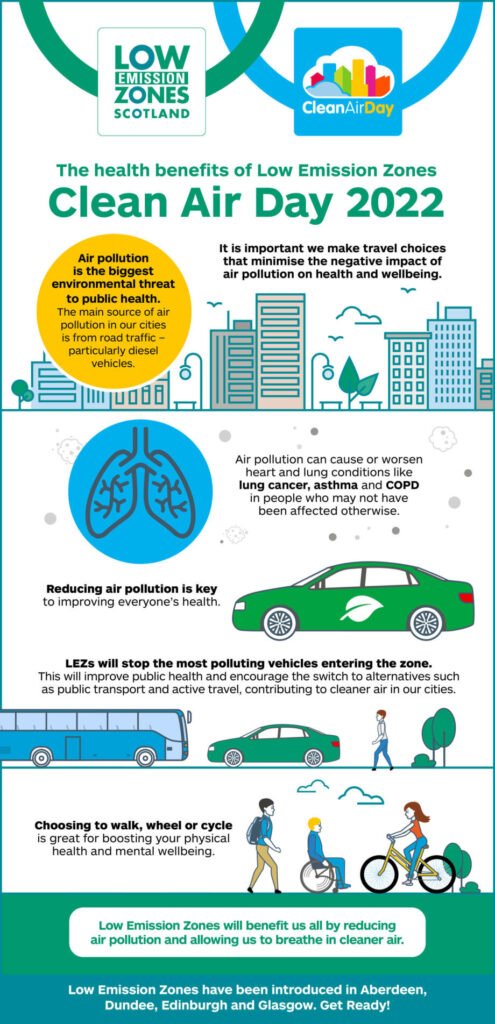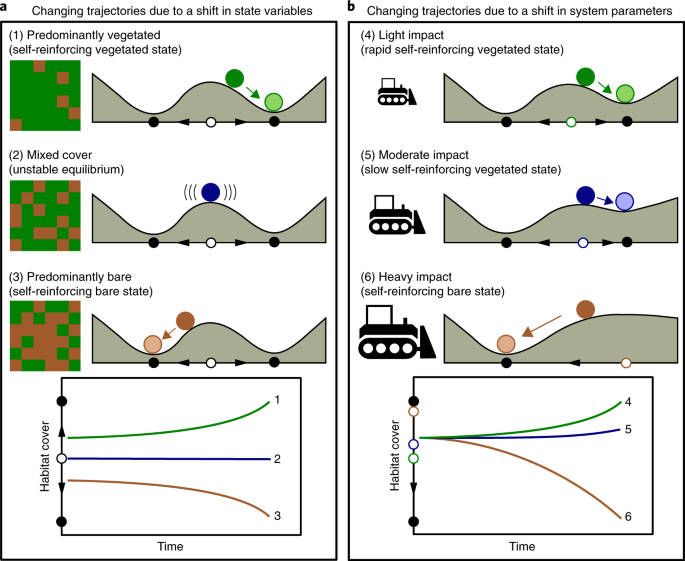Imagine never having to worry about gas or oil for your lawn mower. With a battery-operated lawn mower, maintaining your yard has never been easier. But, how long does it actually take to charge the battery of your trusty mower? In this article, we’ll explore the charging time for battery-operated lawn mowers, giving you a better understanding of how quickly you can get back to that perfectly manicured lawn. No more waiting around for your mower to be ready – let’s get started!
Factors Affecting Battery Charging Time
When it comes to charging a battery, several factors can influence the charging time. Understanding these factors is crucial, as it allows you to optimize the charging process and ensure your battery is ready to go when you need it. Let’s explore some of the key factors affecting battery charging time.
Battery Capacity
The capacity of a battery is one of the primary factors that determines how long it will take to charge. Battery capacity is typically measured in Ampere-hours (Ah), and it refers to the amount of charge a battery can store. In general, the larger the battery capacity, the longer it will take to charge fully. So, if you have a battery with a higher capacity, be prepared for a longer charging time.
Battery Type
The type of battery you are using also plays a significant role in charging time. Different battery chemistries have varying charging characteristics and require specific charging methods. Let’s take a closer look at the charging times for different battery types.
Charge Level
Another factor influencing charging time is the current charge level of the battery. Charging an empty or low charge level battery will generally require more time compared to a battery that is already partially charged. So, it’s important to consider the charge level when estimating how long it will take to charge your battery fully.
Charger Output
The output of the charger you are using can have a significant impact on charging time. Chargers with higher output capacity can charge batteries faster compared to chargers with lower output capacity. It’s important to take note of the charger’s output rating and ensure it is compatible with your battery.
Charging Method
The charging method you choose can also affect how long it takes to charge your battery. There are different charging methods available, each with its own advantages and disadvantages. Let’s explore the various charging methods and their impact on charging time.
Average Charging Time for Different Battery Capacities
The charging time for a battery can vary depending on its capacity. Let’s examine the average charging time for different battery capacities to give you a better understanding.
Battery Capacity less than 20 Ah
For batteries with a capacity of less than 20 Ah, the average charging time can range between 2 to 4 hours. These smaller batteries usually charge relatively quickly compared to larger capacities.
Battery Capacity between 20 Ah and 40 Ah
Batteries with capacities ranging between 20 Ah and 40 Ah may require around 4 to 8 hours to charge fully. The charging time increases as the battery capacity increases.
Battery Capacity between 40 Ah and 60 Ah
For batteries with capacities between 40 Ah and 60 Ah, the average charging time can be approximately 6 to 12 hours. It is essential to be patient when charging batteries with larger capacities.
Battery Capacity between 60 Ah and 80 Ah
Batteries with capacities between 60 Ah and 80 Ah typically require around 8 to 16 hours to charge fully. The charging time further increases as the battery capacity increases.
Battery Capacity greater than 80 Ah
For batteries with capacities greater than 80 Ah, the average charging time can exceed 12 hours. These larger batteries take longer to charge and require more patience during the charging process.
Comparison of Charging Times for Different Battery Types
The type of battery you use in your lawn mower can significantly affect the charging time. Let’s compare the charging times for different battery types commonly used in battery-operated lawn mowers.
Lead Acid Batteries
Lead acid batteries are known for their durability and affordability. However, they have a relatively longer charging time compared to other battery types. On average, lead acid batteries can take around 8 to 16 hours to charge fully.
Nickel-Cadmium (NiCd) Batteries
NiCd batteries have been popular for their high discharge rates and long cycle life. When it comes to charging time, NiCd batteries typically require around 4 to 8 hours to charge fully.
Nickel-Metal Hydride (NiMH) Batteries
NiMH batteries offer a good balance between capacity and charging time. The average charging time for NiMH batteries is approximately 6 to 12 hours, making them a reliable choice for battery-operated lawn mowers.
Lithium-Ion (Li-Ion) Batteries
Li-Ion batteries are widely used due to their high energy density and longer lifespan. These batteries charge relatively quickly compared to other types. On average, Li-Ion batteries can take around 2 to 4 hours to charge fully.
Effect of Charge Level on Charging Time
The charge level of your battery affects how long it takes to charge fully. Let’s explore how different charge levels impact the charging time.
Empty or Low Charge Level
If your battery is completely empty or has a low charge level, it will take longer to charge fully. It is not uncommon for batteries with low charge levels to take double the time compared to batteries with moderate or high charge levels.
Half-Full or Moderate Charge Level
Batteries that are half-full or have a moderate charge level generally charge faster compared to empty or low charge level batteries. Charging times for batteries in this charge range tend to be relatively shorter.
Almost Full or High Charge Level
When your battery is almost full or has a high charge level, it will require less time to charge fully. The charging process slows down as the battery gets closer to its maximum charge level.
Battery Management Systems (BMS)
Some batteries are equipped with Battery Management Systems (BMS) that help optimize the charging process and protect the battery from overcharging or overheating. Batteries with BMS can have shorter charging times compared to batteries without this feature.
Impact of Charger Output on Charging Time
The output capacity of the charger you are using has a direct impact on the charging time. Let’s examine the impact of different charger outputs on charging time.
Standard Chargers
Standard chargers typically have a lower output capacity, resulting in longer charging times. These chargers are often provided by the manufacturer and are designed to charge the battery safely over an extended period. While they may take longer to charge, they are generally less likely to cause damage to the battery.
Fast Chargers
Fast chargers, as the name suggests, have higher output capacities, enabling them to charge batteries at a faster rate. These chargers can significantly reduce charging times, but it’s important to ensure that they are compatible with your battery and can handle the increased charging speed without damaging the battery.
Different Charging Methods
Different charging methods are available for charging battery-operated lawn mowers. Let’s explore the various charging methods and their impact on charging time.
Direct Connection
Direct connection charging involves plugging your battery-operated lawn mower directly into a power source. This method is simple and convenient but may have longer charging times compared to other methods.
Removable Battery System
Some battery-operated lawn mowers feature removable batteries, allowing you to charge the battery separately from the mower. This method can be advantageous as it allows you to have multiple batteries to swap out for continuous use. The charging time may vary depending on the charger used.
Detachable Battery Charging
Detachable battery charging involves removing the battery from the lawn mower and connecting it to a charger separately. This method allows you to charge the battery in a more controlled environment and can result in faster charging times compared to direct connection.
Using the Right Charger
Using the right charger is crucial for efficient and safe charging. Let’s explore the different considerations when it comes to selecting the right charger.
Manufacturer’s Recommended Charger
It is always best to use the charger recommended by the manufacturer of your battery-operated lawn mower. The manufacturer knows the specifications of the battery and will provide a charger that is designed to charge the battery optimally and safely.
Compatible Chargers
If the manufacturer’s recommended charger is not available, it is important to choose a charger that is compatible with your battery. Check the specifications of the charger to ensure that it matches the voltage and output requirements of your battery.
Third-Party Chargers
Using third-party chargers can be tempting due to their availability and lower cost. However, it is essential to exercise caution when using these chargers. Ensure that the charger is compatible with your battery and that it meets safety standards to avoid any risks of damage or improper charging.
Charge Time Estimates from Manufacturers
Battery and lawn mower manufacturers often provide charge time estimates based on their products. Let’s take a look at the charge time estimates provided by manufacturers.
Battery Manufacturer Recommendations
Battery manufacturers typically provide charge time estimates based on the battery capacity and type. These estimates can serve as a general guideline to help you understand how long it may take to charge your battery.
Lawn Mower Manufacturer Recommendations
Lawn mower manufacturers may also provide charge time estimates specific to their battery-operated mowers. These estimates consider factors such as battery capacity, charger output, and charging method to provide a more accurate estimate of the charging time.
Improving Charging Time
If you find that the charging time of your battery-operated lawn mower is longer than desired, there are several ways you can potentially improve the charging time. Let’s explore some methods you can consider.
Upgrading Battery Technologies
Upgrading to a battery with a higher energy density or faster charging capabilities can significantly reduce the charging time. Keep in mind that this may require replacing the existing battery and ensuring compatibility with your lawn mower.
Using High-capacity Chargers
If your battery is compatible with higher-capacity chargers, using a charger with a higher output can shorten the charging time. However, it is crucial to check if your battery can handle the increased charging speed and if it is compatible with the charger.
Maintaining Optimal Charge Level
Taking steps to ensure your battery is not overly discharged can contribute to shorter charging times. Avoid letting your battery fully discharge before charging it to minimize the charging time required.
Optimizing Charging Methods
Experimenting with different charging methods can help you find the most efficient and fastest way to charge your battery. Consider trying the various charging methods discussed earlier to find the one that works best for your battery-operated lawn mower.
Conclusion
When it comes to charging a battery-operated lawn mower, there are several factors to consider that can affect the charging time. The battery capacity, type, charge level, charger output, and charging method all play significant roles in determining how long it will take to charge your battery fully. By understanding these factors and making informed decisions, you can optimize the charging process and strike a balance between speed and battery life. So, keep these factors in mind, choose the right charging method, and enjoy the convenience of a fully charged battery-operated lawn mower whenever you need it.





